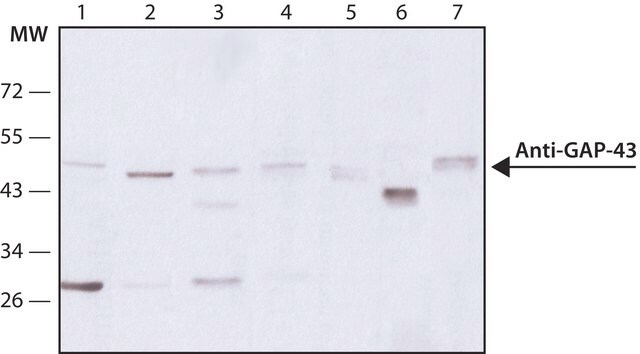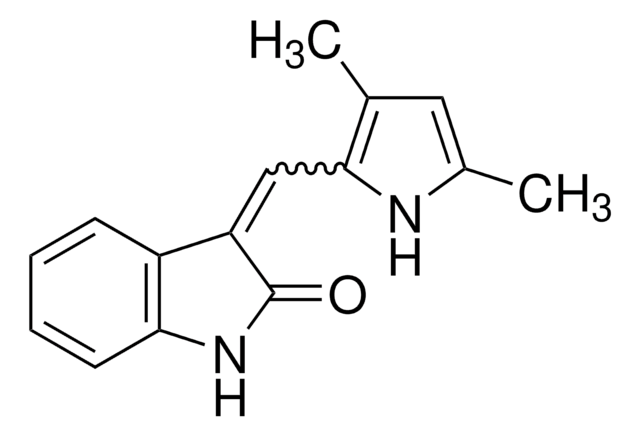SRP4251
MIP-2 from mouse
recombinant, expressed in E. coli, ≥98% (SDS-PAGE), ≥98% (HPLC)
Sinónimos:
CXCL2, Gro-β, Growth- regulated protein β, MIP2-α, Macrophage inflammatory protein 2-α, chemokine (C-X-C motif) ligand 2
About This Item
Productos recomendados
biological source
mouse
recombinant
expressed in E. coli
assay
≥98% (HPLC)
≥98% (SDS-PAGE)
form
lyophilized
mol wt
~7.8 kDa
packaging
pkg of 20 μg
impurities
endotoxin, tested
NCBI accession no.
shipped in
wet ice
storage temp.
−20°C
Gene Information
mouse ... Cxcl2(20310)
General description
Mouse MIP-2 is a 7.8kDa protein containing 73 amino acid residues including the ‘RLR′ motif common to the CXC chemokine family that bind to CXCR1 or CXCR2.
Biochem/physiol Actions
Physical form
Reconstitution
Certificados de análisis (COA)
Busque Certificados de análisis (COA) introduciendo el número de lote del producto. Los números de lote se encuentran en la etiqueta del producto después de las palabras «Lot» o «Batch»
¿Ya tiene este producto?
Encuentre la documentación para los productos que ha comprado recientemente en la Biblioteca de documentos.
Nuestro equipo de científicos tiene experiencia en todas las áreas de investigación: Ciencias de la vida, Ciencia de los materiales, Síntesis química, Cromatografía, Analítica y muchas otras.
Póngase en contacto con el Servicio técnico






